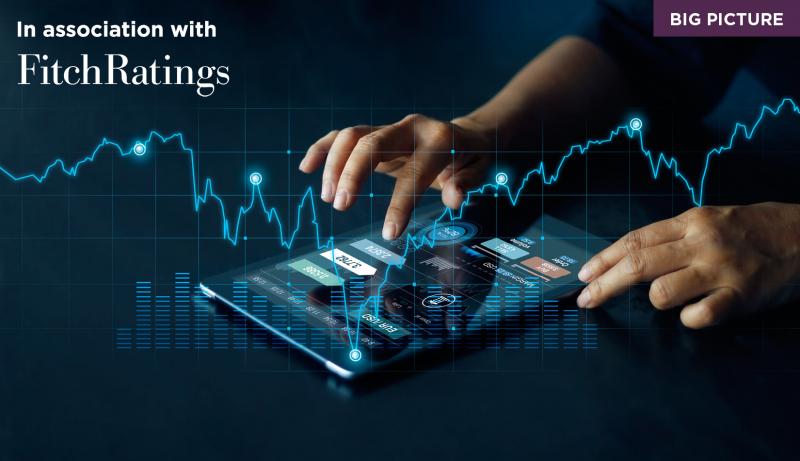
The risk environment for global credit remains challenging despite recent macro data showing continued strength in developed market labour markets, positive demand signals from China and falling headline inflation, Fitch Ratings says in a new report, Risk Headquarters. Below is an extract from the report.
There were glimmers of positivity from 4Q22 data with headline inflation coming down, Europe averting a full-blown gas shortage and developed market employment holding up. However, the established consensus remains that recessions in 2023 are inevitable.
Inflation will not fall without negative effects on consumption and investment through the monetary policy channel.
China’s sudden and surprise end to its long-held zero-COVID policy is a game-changer. Over a two-year horizon, this is clearly positive for consumer spending and will mean a more rapid economic recovery from this year.
However, the epidemiological impact over the short term remains highly uncertain and could dampen growth further in 1Q23. Risks from the prolonged property slump could yet dampen the consumer recovery.
Macro-related credit risks that have been building since the rate-rising cycle began in 2022 remain. As Fitch Ratings outlined in several 2023 Outlook reports, the main risk to vulnerable sectors from higher inflation and related financial tightening remains.
Ratings outlooks across our global portfolio, which are predicated on our macroeconomic base case, remain overwhelmingly stable. However, almost half of our sector outlooks, which evaluate broader operating and macro conditions, are ‘deteriorating’. Deterioration beyond our current assumptions would risk a greater negative rating effect.
A significant challenge to forecasting and understanding plausible risk scenarios are potential deeper structural shifts in the global economy. These include a structural shift higher in inflation and nominal interest rates, the sustained rise of geopolitical risk and ‘geo-economics’, and domestic political polarisation.
If the inflationary and monetary environment that has emerged over the past year represents an end to the decades-long low-inflation and easy monetary policy environment, this could mark a fundamental shift for credit risk. It would signal a more prolonged period of risk for everything from property markets, the cost of capital, debt sustainability and long-term economic growth rates.
Inflation is still the key global ‘what-to-watch’ item. Sustained downside inflation surprises will increase the possibility of an end, or even a pivot to reverse monetary policy tightening.
But this is by no means certain. Central bank responses are difficult to predict, especially given the volatile political climate. Labour markets could yet stay unexpectedly resilient while the return of the Chinese consumer to the global economy could spark a renewal of upward commodity price pressure, prompting a higher-rates-for-longer scenario and deeper or more prolonged recessions.
The Russia-Ukraine war is a marker of a broader shift in the geopolitical order that materialised after the end of the Cold War. While the term ‘geo-economics’ was coined in 1990, it has become increasingly common in macro and market assessments, and is reflected in sustained tensions between China and the US.
Trade liberalisation over the past 30 years has been both a driver of global growth and a factor in pushing the real costs of goods down. A reversion to increased national industrial strategies and geopolitically driven economic policy decisions would reduce growth potential and affect certain sectors with potential credit implications over the long term.
Fitch Ratings is a provider of credit ratings, commentary and research. Read the full report here

